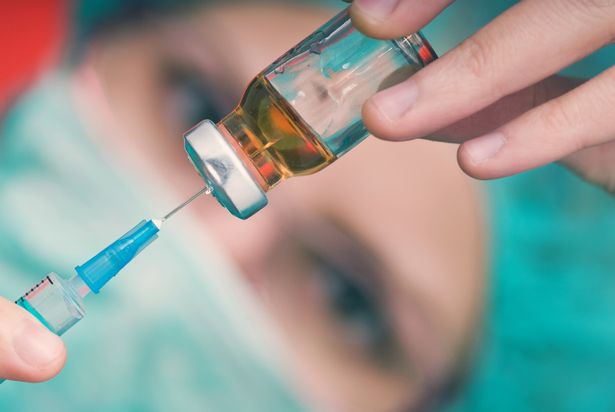This is important. Routine vaccination of Scottish girls in the 12-13 age group against the human papillomavirus (HPV) has led to a dramatic fall in the disease that leads to cancer of the cervix.
Vaccination works again!
The HPV vaccination programme is so successful that even unvaccinated women are protected against HPV by “herd protection” – high vaccination rates in most other women.
Infection with HPV, usually in the form of genital warts, is the main cause of cervical cancer.
HPV has many types and I remember well the controversy that raged over which should be used in the vaccine.
As with the flu jab it was thought a vaccine would protect against only those HPV types that were included in the vaccine.
This has been proven unequivocally wrong by the Scottish study.
The vaccine protects against many types, including some not in the vaccine – known as “cross protection”.
These findings show high effectiveness of the vaccine in young women against serious cervical disease, regardless of HPV type.
The findings are dramatic, with a considerable lessening of precancerous cervical disease over time.

The authors estimate the vaccine is 86% effective for the most severe forms of early cervical cancer in women fully vaccinated at ages 12-13, compared with unvaccinated girls.
Researchers also reported less precancerous disease even in women who weren’t vaccinated, suggesting that containment of the HPV in Scotland has created substantial herd protection.
Although HPV types 16 and 18 are known to predominate in cervical disease among young women, a reduction of over 85% in disease caused by all HPV types clearly indicates that the cross protection is translating directly into disease prevention.
Scotland has shown that a good system of registration and follow-up is effective for achieving a high vaccine uptake, and for the success of the vaccination programme.
Surely all countries need to decide how they can best implement vaccination, screening and treatment programmes that support the World Health Organisation’s call for the elimination of cervical cancer as a public health problem?
Changes in the cervix on the way to full-blown cancer can, of course, be picked up by regular cervical screening.
However, we know many young women are skipping those essential checks so inevitably cases of cervical cancer will start to climb.
As HPV infection is the trigger for pre-cancerous changes in the cervix it becomes a no-brainer to encourage HPV vaccination.
Globally millions of doses of HPV vaccine have been given to women – and men – and no serious adverse effects have been seen.
For heaven’s sake, vaccinate your children!
